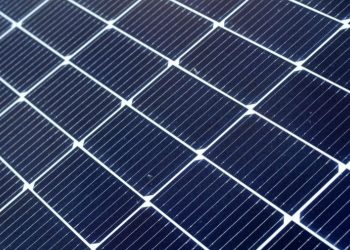Revolutionary waterproof, flexible solar film unveiled by RIKEN
by Riko Seibo
Tokyo, Japan (SPX) Mar 28, 2024
A groundbreaking advancement in solar technology has been achieved by scientists from the RIKEN Center for Emergent Matter Science and their collaborators, resulting in the creation of a novel organic photovoltaic film that combines waterproofing with flexibility. This development opens new avenues for integrating solar cells into clothing, enabling them to remain functional through exposure to rain or even after being laundered.
The drive towards creating wearable electronics, such as devices that attach to garments for monitoring medical apparatus without the need for regular battery replacements, has long faced challenges. Previous attempts at crafting waterproof photovoltaic solutions often led to compromised flexibility due to the additional protective layers required. However, the recent research published in Nature Communications marks a significant leap forward by eliminating this trade-off.
The team employed a novel approach to constructing the photovoltaic films, which traditionally comprise several layers including an active layer that harnesses sunlight to generate electricity. By depositing the anode layer, specifically a silver electrode, directly onto the active layers, the researchers improved the adhesive quality between the layers. A thermal annealing process, which involved exposing the film to air at 85 degrees Celsius for 24 hours, was pivotal in creating a film that was merely 3 micrometers thick.
Sixing Xiong, the paper’s lead author, remarked on the difficulty of forming the layer but expressed satisfaction with the breakthrough, eagerly anticipating the testing phase outcomes. The results were indeed promising: after immersing the film in water for four hours, it retained 89 percent of its original performance. Furthermore, when stretched by 30 percent underwater 300 times, the film preserved 96 percent of its functionality. Impressively, the film also withstood a cycle in a washing machine, marking an unprecedented achievement in photovoltaic technology durability.
Kenjiro Fukuda, a corresponding author, underscored the broader applicability of their method. He anticipates further enhancements to the stability of such devices against air exposure, intense light, and mechanical stress. The goal is to refine these ultrathin organic solar cells for practical use in wearable technology, paving the way for an era of truly functional solar-powered garments.
Research Report:Waterproof and ultraflexible organic photovoltaics with improved interface adhesion
Related Links


















